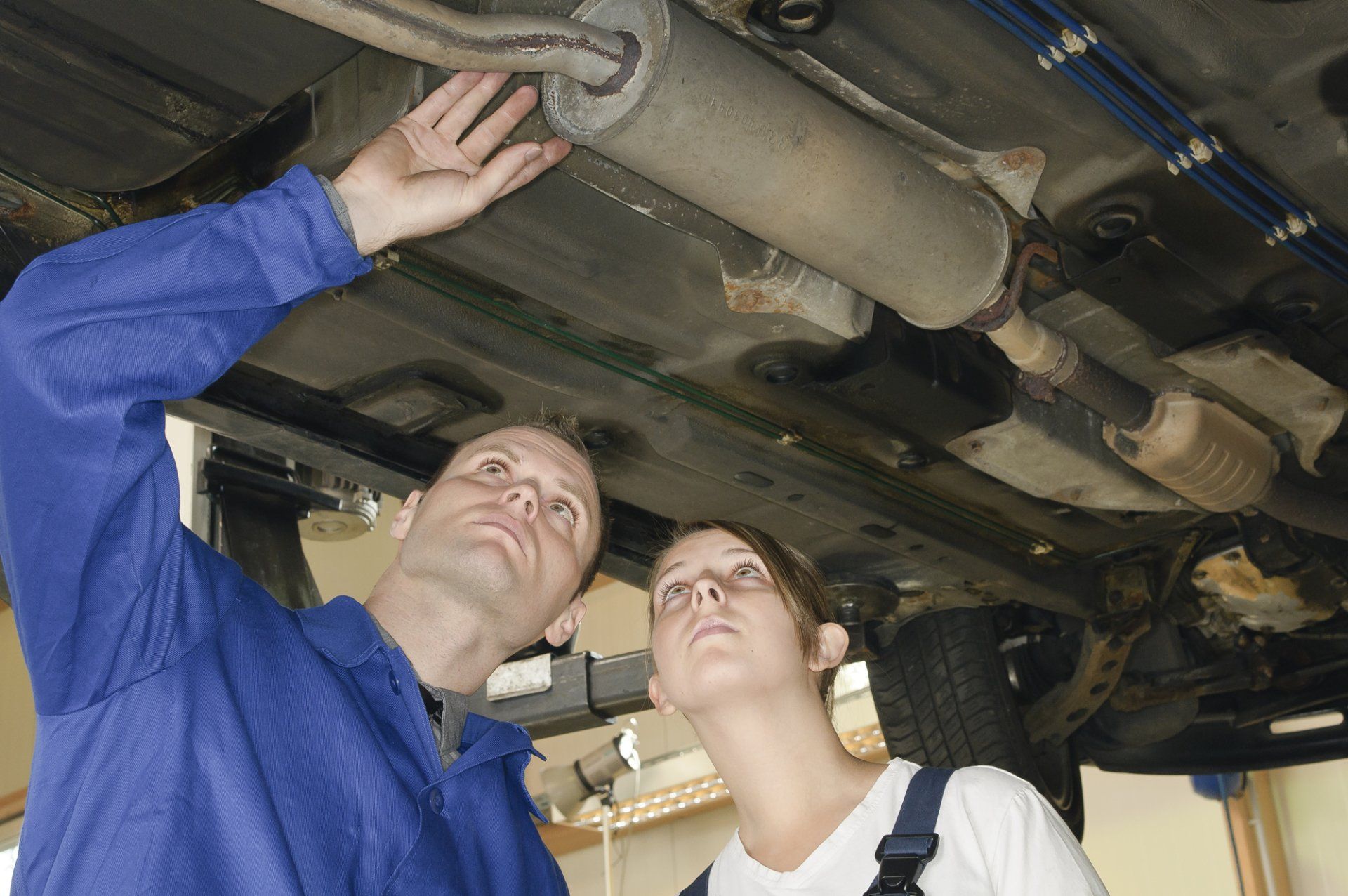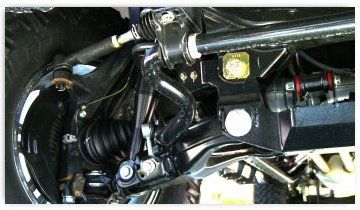Exhaust Repair & Maintenance
- By Classic Automotive
- •
- 03 Aug, 2018
- •

The exhaust system has three main functions:
- To safely and correctly get hot gas from the engine out of the tailpipe.
- Treats the exhaust to remove harmful pollutants.
- Muffle the noisy engine.
The reason why an exhaust system is so important is because exhaust gas is poisonous. You don’t want it getting in the passenger compartment. For example, carbon monoxide can be deadly and that’s why we all know that you should never run your engine in a garage that is closed. This means that if you have a leak somewhere in the exhaust system, you may be putting yourself and others in your car at risk.
If you smell exhaust in your car- there is a serious problem! Roll down your windows and get your car inspected ASAP. You may smell or see exhaust coming from the engine compartment or under the vehicle. This is a tell-tale sign that you do indeed have a leak. The sound from the exhaust leak is not always loud and obnoxious. Sometimes it’s a ticking sound that what you start the engine that goes away as you drive. The reason for that is that you may have a crack or a bad fit that leaks when it’s cold but seals when the metal heats up and expands.
When talking about a leaking exhaust system, the environmental issue must be addressed. Exhaust gas contains many pollutants. The catalytic converter scrubs SOME of those harmful substances and diesel vehicles have systems designed to deal with soot. Like most car parts, catalytic converters eventually wear out and must be replaced. It is important to keep the fuel system clean and replace your air filter because catalytic converters are not cheap!
And that leaves the muffler. The most fun part about getting a new muffler is that you can personalize it. Some like it quiet while others like it to roar!

Today we're talking about suspension integrity. Your skeletal structure provides the framework to hold up your body weight. Your joints cushion you as you walk and allow you to change direction. Your auto suspension system is similar: It bears the weight of your vehicle, controls the vehicle as you steer and absorbs bumps in the road.
Car suspension parts, like the bones in your body, are connected by joints that allow all the components to move as they should. Over time the suspension starts to become loose and the joints wear. Your suspension will stop operating as it should in turn reducing proper tire contact with the road. Running over a pothole, getting into an accident or hitting a curb can also damage or break auto suspension components.
Have you ever hurt your foot? Think about how you walk afterwards in an effort to keep from putting pressure on it. Overcompensate with a limp long enough and your ankle, knee, hip and even your back will start to hurt from the strain. The same thing happens in your car. When one joint or part is worn or damaged: it will stress everything else and can cause premature wear to the entire system.
Signs of suspension problems include vibration, uneven tire wear, pulling to one side, rattles or other strange noises.
If you think you may have a suspension problem, ask your NAPA AutoCare service advisor for an inspection of your suspension system. Have them check your alignment while they're at it. Request an auto repair quote and take care of any damaged or worn suspension components before they lead to future damage and more costly repairs.







